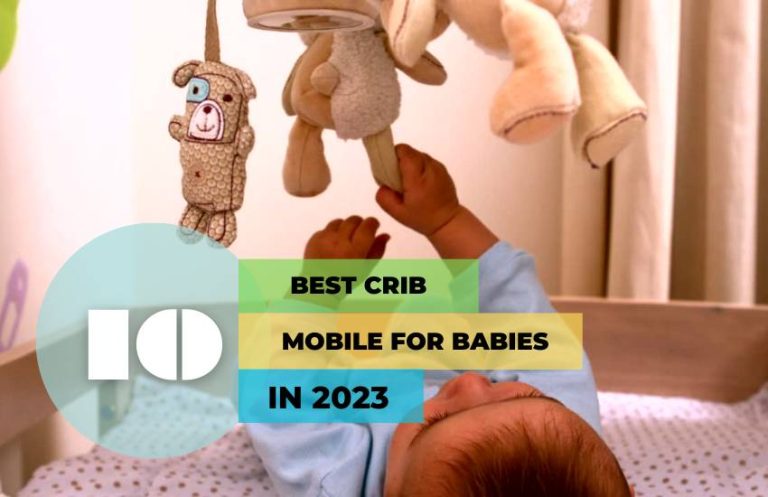How Long to Leave Toddler in Crib if Not Napping?

While it may seem counterintuitive to leave a toddler in the crib when they are not napping, it can actually be a valuable opportunity to foster independent sleep skills.
In this article, we will address the concerns and provide strategies for parents facing this challenge.
By understanding the factors affecting nap schedules and implementing effective strategies, parents can navigate this phase with confidence, ensuring their child’s overall well-being and development.
Factors Affecting Nap Schedule
Factors affecting nap schedules include age, sleep needs, and activity level.
As children grow and develop, their sleep requirements change. For toddlers, the transition from two naps to one typically occurs between the ages of 1 and 3. This can affect their nap schedule as they adjust to a new routine.
Additionally, a toddler’s sleep needs vary depending on their individual characteristics and activity level. Some children may require more daytime rest to recharge, while others may be more active and need shorter naps.
Understanding these factors is crucial in determining an appropriate nap schedule for toddlers, ensuring they receive adequate rest and supporting their overall development and well-being.
Setting Limits on Alone Time in the Crib
To ensure the safety and well-being of your toddler, it is important to establish clear limits on the amount of alone time they spend in their crib when they are not napping. It is recommended to set a time parameter for checking on your toddler, such as every 5, 10, 20, or 30 minutes.
Stick to these time limits to provide comfort and avoid leaving them completely alone. If your toddler hasn’t fallen asleep in 30 minutes, it is advisable to go and get them. Cuddle or nurse them for another 30 minutes before trying again.
Setting limits on alone time in the crib is crucial to ensure that your toddler feels secure and supported throughout their waking hours.
Morning Crib Time
During morning crib time, it is important to consider your toddler’s mood and provide them with appropriate activities and interaction. If your toddler wakes up in a good mood, they may entertain themselves with toys or books for about 30 minutes. However, babies under 18 months don’t like being alone for long, so they’ll be happier around other people.
Leaving your toddler awake in their crib for approximately 45 minutes in the morning is fine. Use this time to get things done or take a brief rest.
On the other hand, if your toddler wakes up cranky, it’s best to get them out of the crib and comfort them. Leaving a sad and crying baby alone in their crib for hours is not recommended.
Crib Time When Toddler Wakes Up Happy
When a toddler wakes up in a good mood, they can engage in independent play or interact with toys and books in their crib. This is a great opportunity for them to develop their imagination and fine motor skills.
Providing access to interactive toys, books, or stuffed animals can enhance their playtime experience. However, it’s important to remember that babies under 18 months may not enjoy being alone for extended periods of time and may prefer the company of others.
It is generally acceptable to leave a happy toddler awake in their crib for about 45 minutes in the morning. During this time, parents can use the opportunity to complete tasks or take a short break while ensuring that the toddler is safe and supervised.
Conclusion
Understanding the factors that affect a toddler’s nap schedule and implementing effective strategies can help parents navigate the challenge of toddlers not napping.
By setting limits on alone time in the crib, incorporating morning crib time, and nurturing independent sleep skills, parents can create a calm sleep environment and support their child’s overall well-being.
Remember, seeking professional help may be necessary if sleep issues persist. With patience and perseverance, parents can establish healthy sleep habits and ensure their child’s optimal development.


